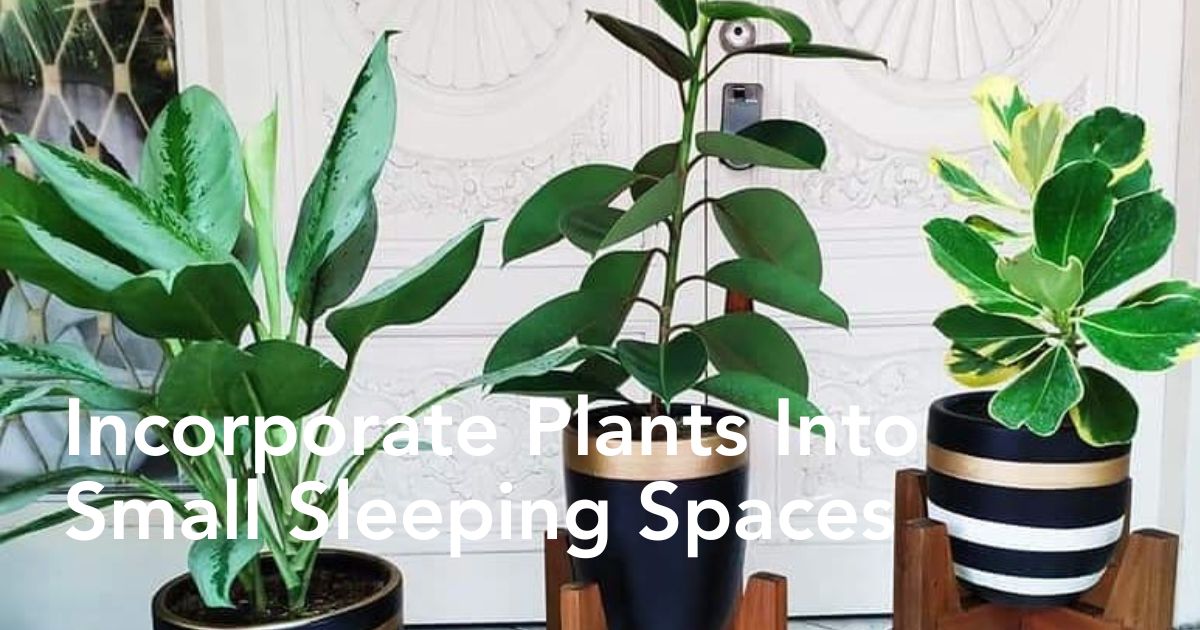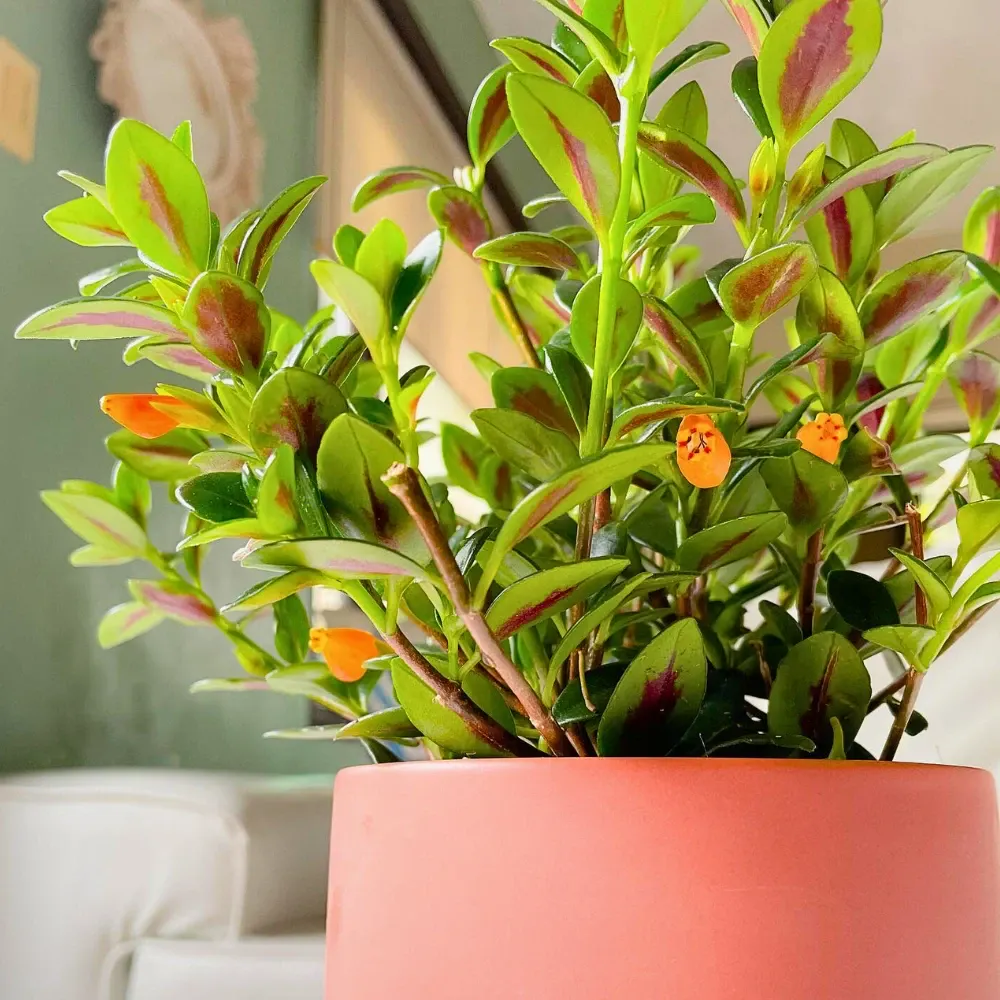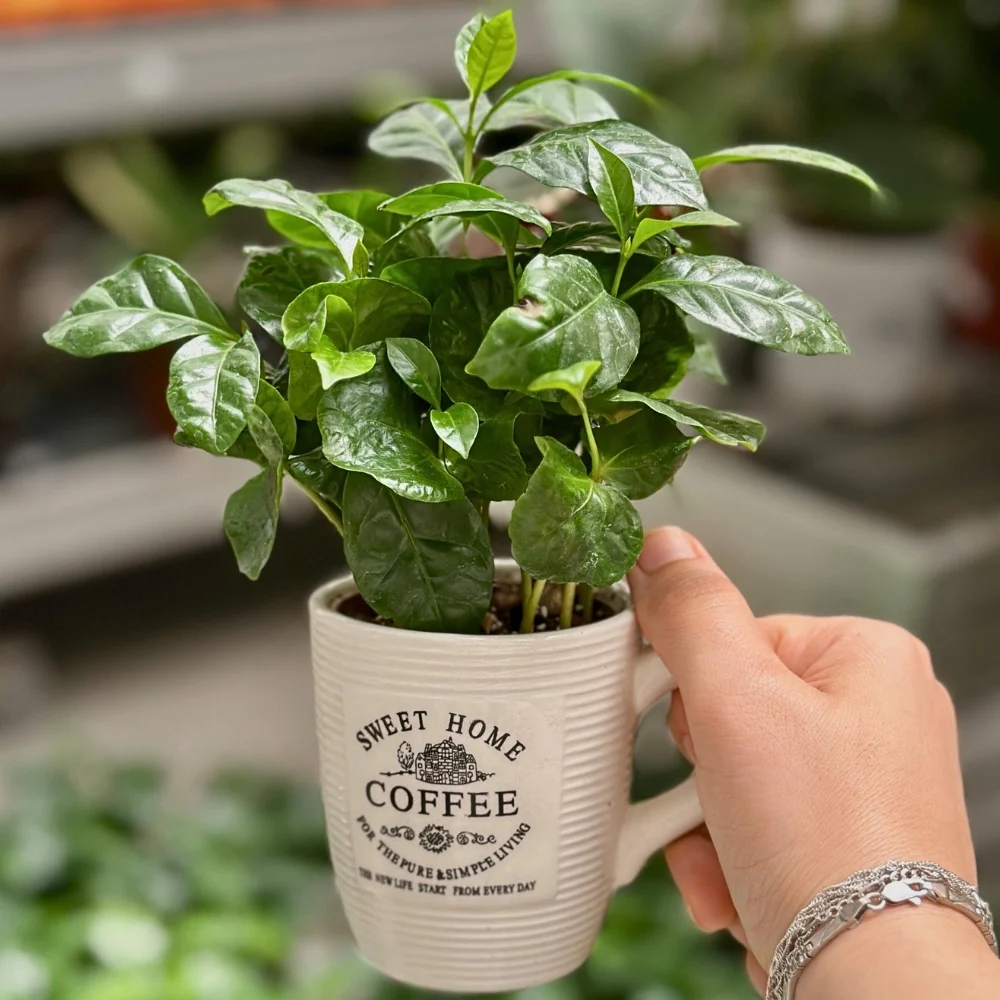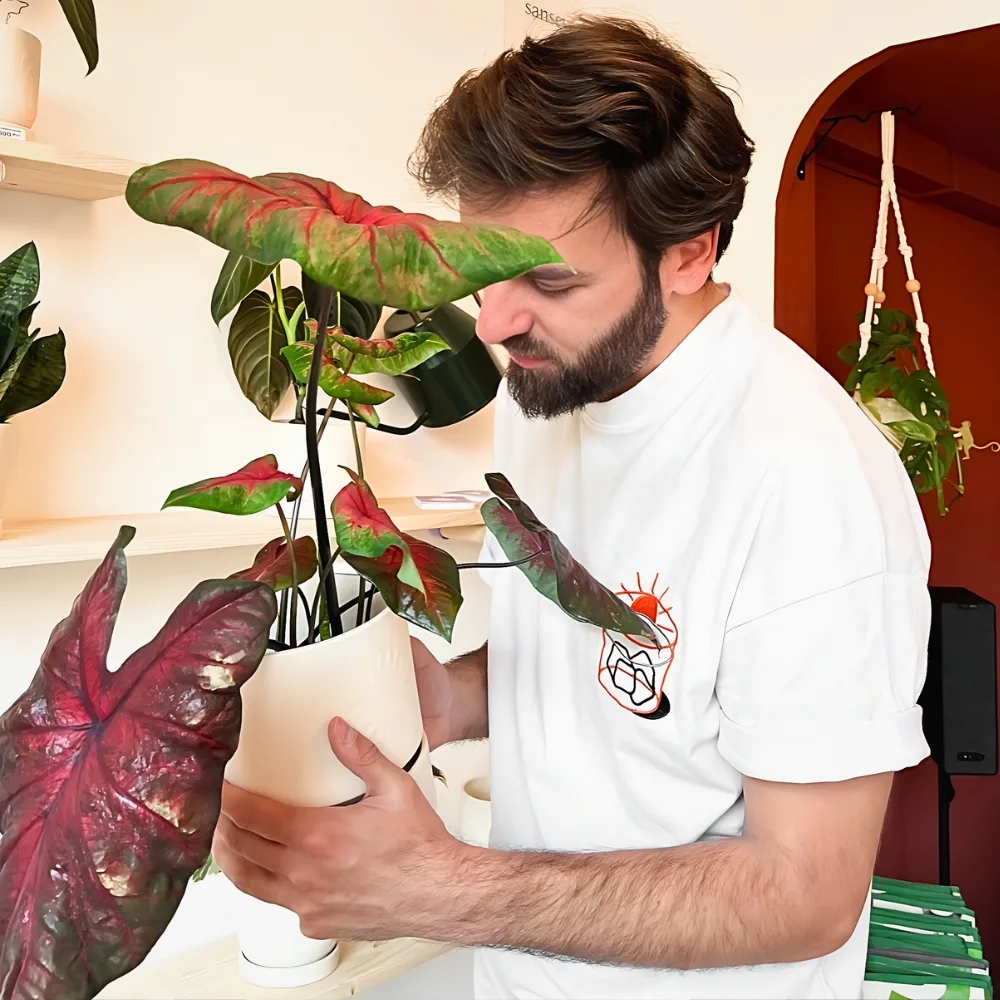Creating a bedroom jungle is a good way to introduce the tranquility of nature into your personal space. With each plant you introduce, the room will feel cozy and vibrant. Having a small space should not limit you from connecting with nature since you can use several innovative ways to place plants around your space. Besides setting the tone of the space, plants can also help make your small spaces aesthetically pleasing. However, the greatest challenge is usually making a small space look less busy while maintaining aesthetics with plants. So, here are some of the best ways to incorporate plants into small sleeping spaces, you can also read our other article on Adding Plants to Your Bedroom Could Benefit Sleep Quality

Use Your Window Ledges and Sills
Using your window ledges and sills will save your space, and your plants will have access to natural light, making them healthier. Therefore, you can turn your window sills from plain and boring to a vibrant plant sanctuary. Choosing compact plants that can fit perfectly in a narrow space without looking out of place is best to turn your window sill into greenery. Succulent or cacti are usually preferred since they come in various shapes, making them suitable for small ledges. You can use decorative pots or planters to take your room’s aesthetics to the next level. Mix and match different pot colors and plants to add personality to your space and plant collection. Window hangers will also be useful to hang small pots from your window frame.
Utilize Vertical Space
Utilizing vertical spaces is a great way to incorporate plants in small spaces without cluttering the room. Vertical plant arrangement will ensure you create a visually dynamic room without cluttering your floor space. Instead of spreading your plants around the room, you can hang planters from the ceiling. You can use hooks or sturdy hangers to hold them in place. You can also install floating shelves on empty walls to bring the plants to eye level while freeing up space in the room.
You can also place a pegboard on the wall to hold up your pots and planters. Pegboards allow you to frequently change your plant arrangement, and you can even add other décor pieces. For smaller plants, you can opt for wall pockets or pouches to mount them on the wall and transform your walls into a lush nature display.

Choose Compact Pots and Plants
When choosing expert paper writers, you will get the right services by picking writers with skills that match your requirements and budget. Similarly, when selecting plants and pots for your small space, you’ll be better off with compact ones. Compact pots and plants make introducing plants to your small space easy without overwhelming the room. They also make it easy to rearrange your space and introduce new décor pieces, as they can easily fit on narrow shelves, small corners, or even window sills. Aside from space efficiency, they create a visual balance since they do not overpower other décors.
Large plants, on the other hand, can make the room feel even smaller and congested. Compact plants are also easier to maintain, which means they will serve you for a longer period. Most importantly, small and compact plants allow you to include different plants in your room, and you can achieve a mini jungle aesthetic since you will have different plant types. When choosing compact plants, it is best to pick the ones that grow vertically, such as bamboo and snake plants.

Use Your Furniture as Plant Holders
Introducing plants to small spaces requires top-tier creativity. Fusing nature and functionality is one of the best ways to achieve a perfect plant sanctuary without introducing several things to the room. You can transform your furniture into a nature trail so that every piece is not just for utility but also a display of your lush plants. For example, you can save space on your bookshelf for your plants so that some plants can peek out between your favorite reading materials. If you have a table, you can make a plant the centerpiece décor. You can also place compact plant pots on your dresser or get a headboard with a built-in shelf so your plants can have space above the bed. Even your nightstand can get into action with a tiny plant pot resting beside it or a vine trailing down its sides. Utilizing furniture as plant holders will help minimize the room’s clutter while maintaining a visually appealing space.
Use Multilevel Plant Stands
A multilevel plant stand will help utilize your vertical space so that plants are not spread all over the floor. The stand is especially perfect for displaying plants in tight corners, allowing you to utilize every space in your room. Mixing and matching the plant heights and colors is essential to make the display more appealing. For example, you can have tall plants at the topmost shelf, medium-sized plants such as ferns in the middle, and compact ones such as succulent plants at the bottom. Organizing your multilevel plant stand well will make your space visually appealing regardless of how many plants you add. A disorganized stand, on the other hand, will make your space look crowded.

You can also use your multilevel stand as a divider. For example, you can place it in between your bed and closet to create a green barrier that is both functional and decorative. It can also double up as a décor piece and plant holder, but only if it compliments other décor pieces in your space. Therefore, when choosing a multilevel plant stand, finding a stylish one to elevate your room’s aesthetics is best. From sleek metal to rustic wood, several stands can add to your room’s artistic features.
Bottom Line
Plants can easily transform your small sleeping area into a cozy jungle where every corner displays different plant types and colors. From tiny succulent plants on your window sills to a little fern sitting on your dresser and pothos trailing down your bookshelf, there are several ways to incorporate plants into your space without taking much space. Introducing plants into a small space aims to make the space aesthetically pleasing without overwhelming it; thus, you need to be more strategic with your plant placements.










